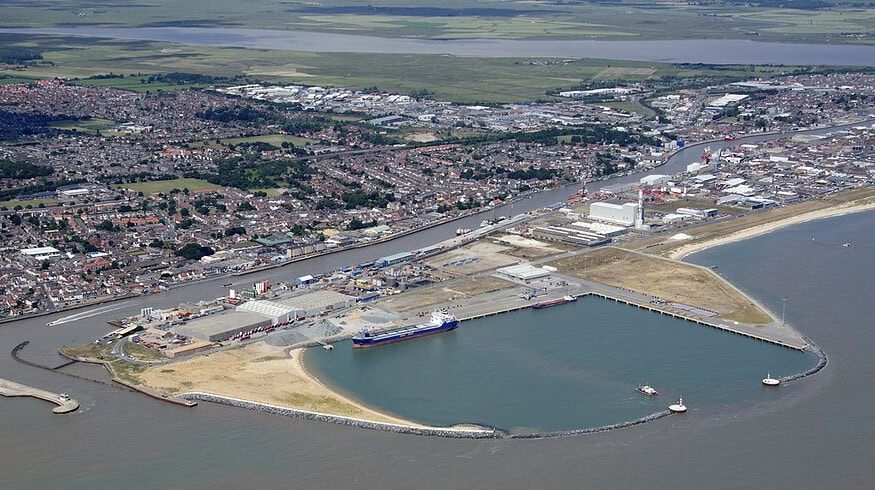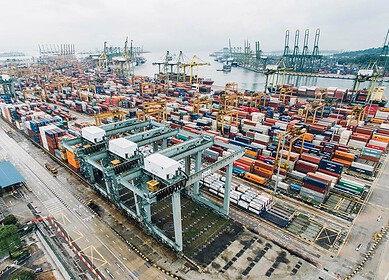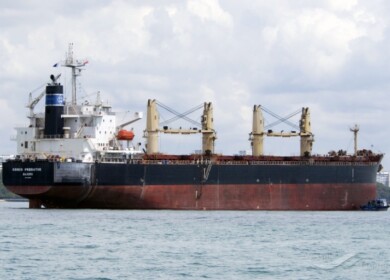Damaged Russian ship carrying explosive load permitted to dock, ‘no risk to public’ officials say

The Maltese-flagged MV Ruby recently docked in Great Yarmouth, UK, after a difficult journey transporting 20,000 tonnes of ammonium nitrate. The bulk carrier, which left Kandalaksha in northern Russia on August 22, faced multiple European port rejections before securing permission to anchor in the UK. Initially, the vessel aimed for Las Palmas in the Canary Islands, but damage to its hull and propeller forced a diversion to Norwegian, Lithuanian, and Maltese ports. However, amid public concern and scrutiny, these countries declined its entry due to the cargo’s explosive potential and possible structural damage to the vessel itself.
Docking in Great Yarmouth amidst public and port assurances
Once berthed in Great Yarmouth, the damaged ship began offloading its hazardous cargo, slated for transfer to another vessel bound for Africa. Local authorities, including the port’s director, Richard Goffin, assured the public of stringent safety protocols and familiarity in handling dangerous materials, underscoring Great Yarmouth’s preparedness for such shipments. Yet, the Ruby’s proximity to residential areas, a primary school, and a sixth-form college continues to stir concerns among residents who remember the devastating 2020 Beirut explosion, involving a significantly smaller ammonium nitrate load.
Safety measures and community concern
The MV Ruby’s prolonged stationing off the UK coast and previous port rejections have raised questions about regulatory oversight and community safety. Health and safety bodies, along with Serenity Ship Management (the Dubai-based management firm for the MV Ruby), stress that the ammonium nitrate cargo, under current conditions, poses minimal risk. Nonetheless, anxiety remains within the Great Yarmouth community, with some expressing fear of a “floating timebomb” so close to residential and educational institutions.
Broader implications
The MV Ruby’s controversial journey and porting process reveal potential gaps in European port policies concerning high-risk cargo. The episode has fueled calls for a harmonized European approach to port safety when hazardous shipments are involved, highlighting the complex balance of logistics, local safety, and economic considerations.
Enjoyed this story?
Every Monday, our subscribers get their hands on a digest of the most trending agriculture news. You can join them too!












Discussion0 comments